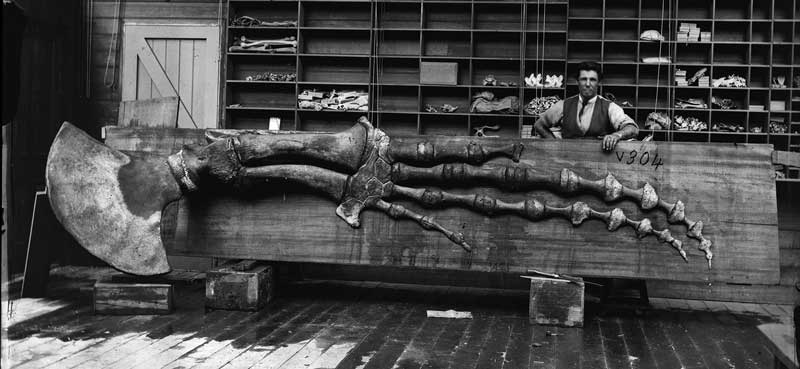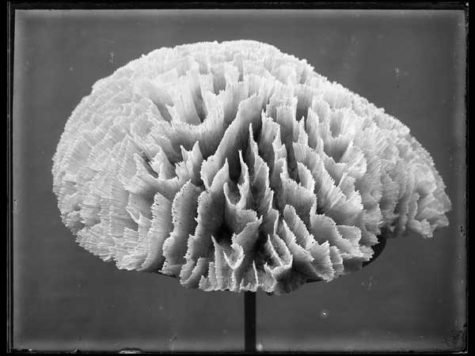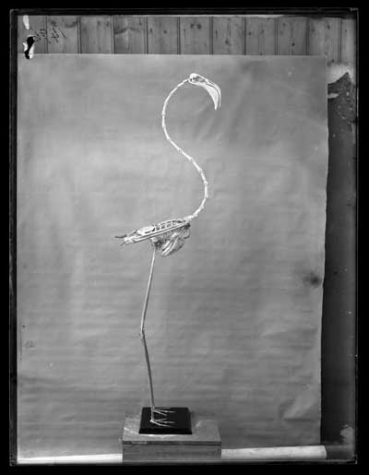The Australian Museum in Sydney is presenting a fascinating exhibition of early Australian scientific photographs, Capturing Nature, through to July 21.

The exhibition draws on the Australian Museum’s priceless archival collection of glass plate negatives and large-format photographic prints showcasing the scientific discoveries of Australian Museum scientists between the 1850s and 1890s, while also telling the story of photography in the young colony, from less than 10 years after the birth of photography in Europe.

The images range from tentative experiments in the 1850s to the time when photography was becoming an indispensable part of museum practice in the early 1890s. The subjects vary from a large sunfish and the flipper of a sperm whale to a gorilla and the fragile bones of a flamingo. Most of the specimens photographed at the museum are by taxidermist, Henry Barnes and his son, Henry Barnes Jnr with the help of the AM’s pioneering Curator Gerard Krefft.
Visitors to the exhibition will see some of the original taxidermied specimens and period cameras alongside 67 large format prints.
Some of the earliest adopters of photography were scientists.
‘In the Victorian era, museums were the public face of science. At the Australian Museum, the arrival of curator and scientist Gerard Krefft in 1864 marked a fortuitous coming together of skills, experience and technology.

‘The images by Gerard Krefft, and his taxidermist, Henry Barnes, not only produced records for the Museum, but also helped them share the Museum’s work around the world,’ said Australian Museum CEO Kim McKay.
Curator of the exhibition and author of the accompanying book, AM’s Archivist and Manager of Rare Books Vanessa Finney said the AM has over 15,000 glass plate negatives in its photographic archives.
‘The photographs document the rapid expansion of the Museum’s specimen collections in the 19th century. They are a museum “rogues’ gallery”: dozens of animals captured, mugshot style, against a white-sheet backdrop,” Finney said.
Photography was expensive and complicated, so every photograph was carefully planned. The animals were first prepared and posed and then positioned for best natural light and least shadow. The photos were taken in and around the museum, mostly in the courtyards and gardens to best exploit the precious light required by the photographers’ rudimentary cameras. Alongside the specimens, the figures of scientists can often be seen as a gauge of scale.
Finney explained that through their photography, Krefft and Barnes were spreading the knowledge of Australian science.
‘Their photographs disseminated to the world the image of Australia and its fauna at a time of great international enthusiasm for the fledgling colony’s unusual plants and animals.’
The Australian Museum is at 1 William Street Sydney. Opened Monday – Friday 9.39 – 5pm





Be First to Comment